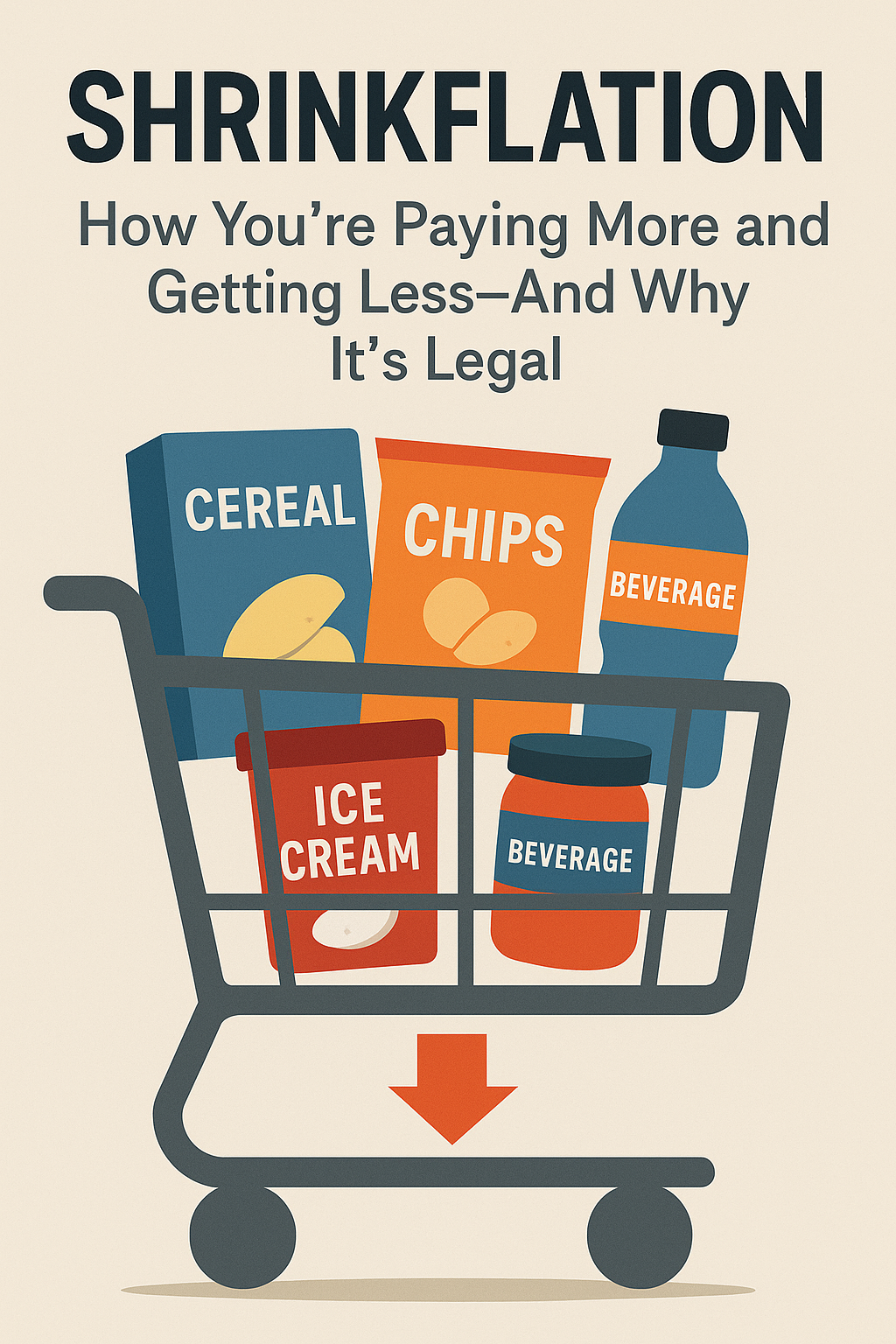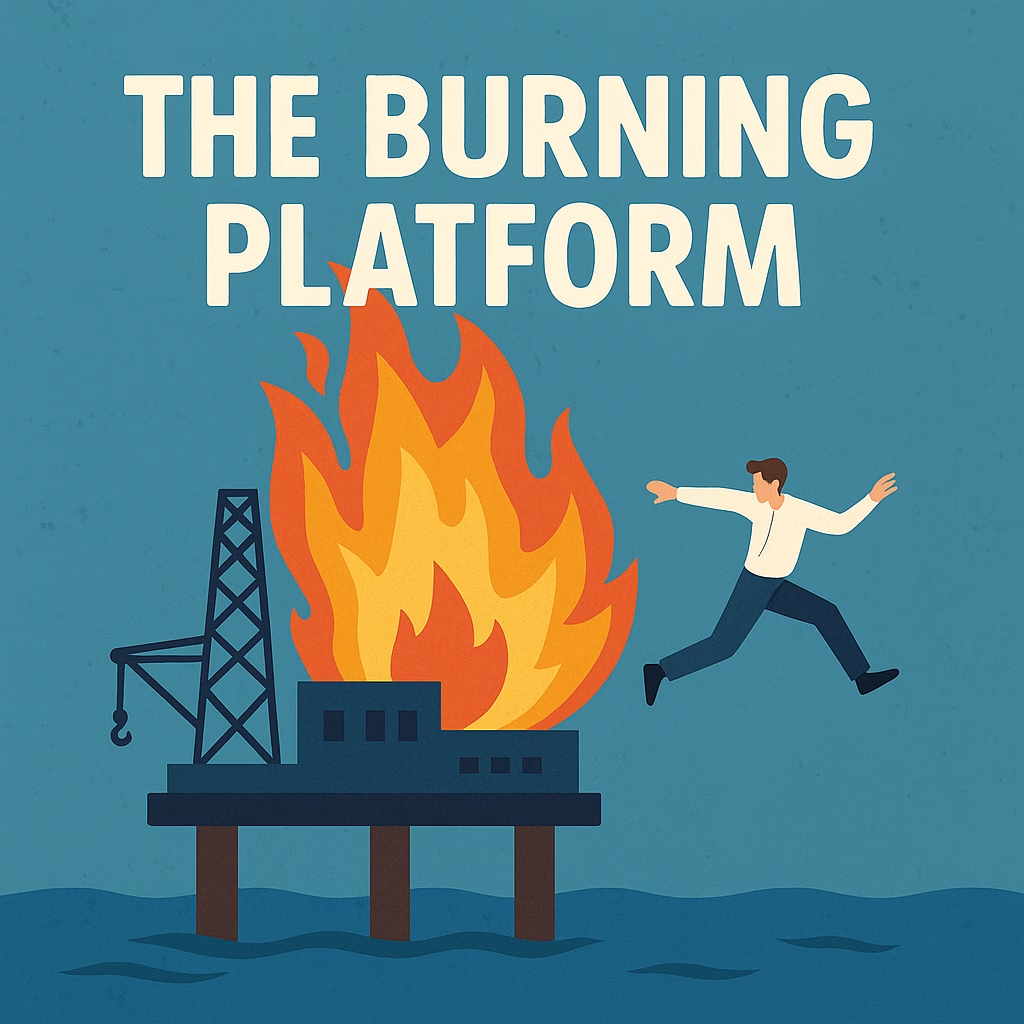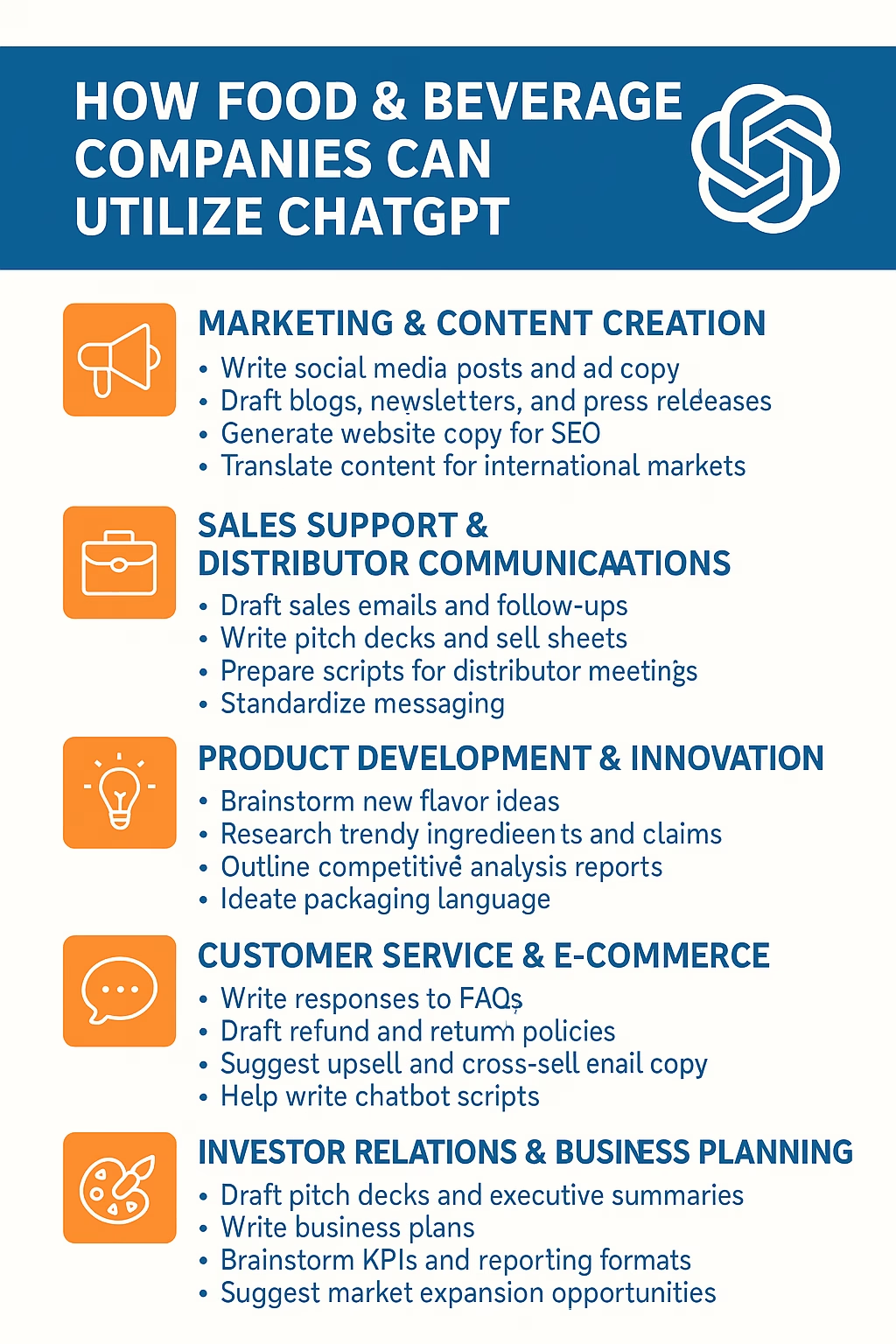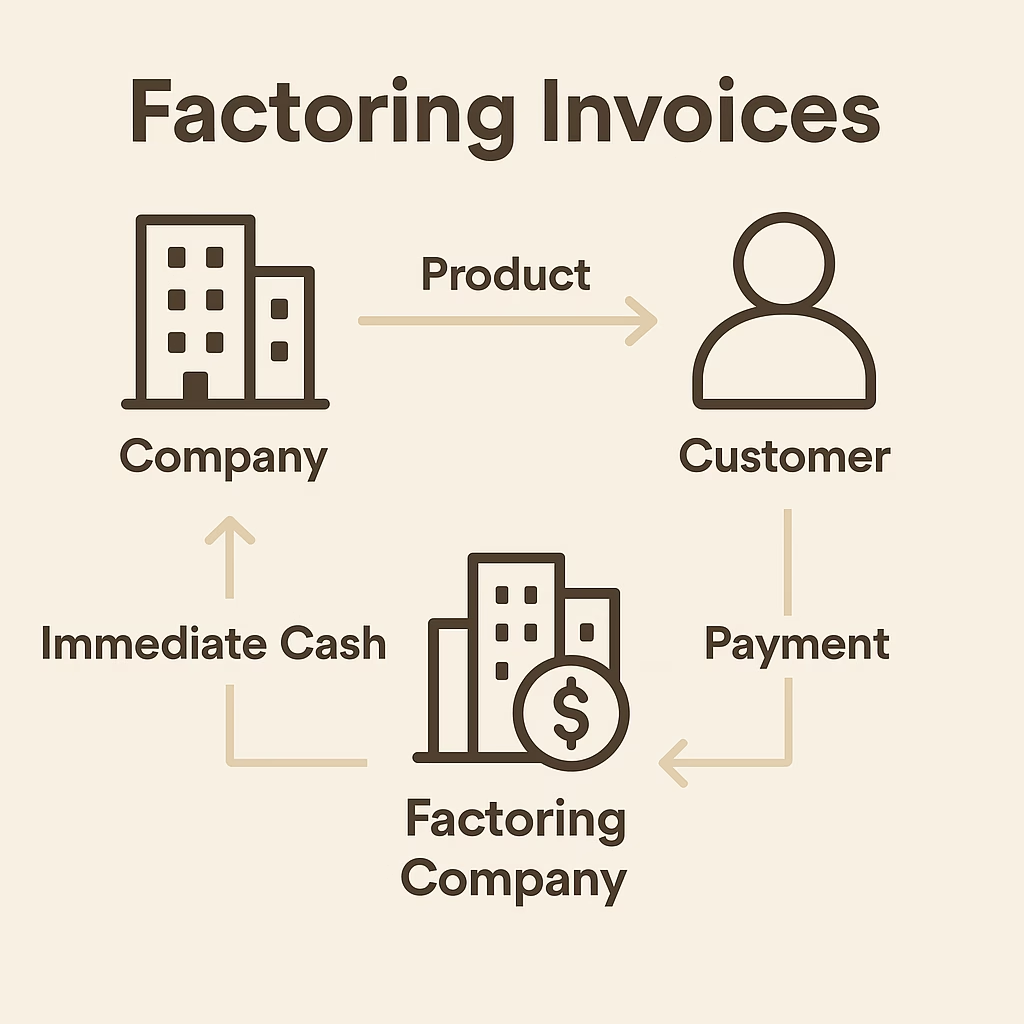Open a bag of chips, unbox a frozen lasagna, or unwrap your favorite ice cream bar today, and you might…
Maximizing Supply Chain Efficiency: My Mission Across the Middle East and Asia
Over the next two weeks, I will be traveling extensively across the Middle East and Asia, covering Egypt, Turkey, Taiwan, Indonesia, and the Philippines. Many people have reached out, curious about the reasons behind this extensive trip. While my primary objective is to negotiate with a current client’s raw materials suppliers, I am also actively seeking more competitive pricing options to optimize their supply chain.
The Purpose of My Journey
At Cascadia Managing Brands, we are committed to helping our clients build sustainable, cost-effective, and efficient operations. In this case, my client relies heavily on raw materials such as plastic preforms, caps, labels, and corrugated cardboard—critical components in their packaging and distribution.
Through extensive research and leveraging online sources, I was able to identify where my client’s competitors are sourcing their raw materials. This was the first step in a multi-layered process. Once I had a comprehensive list of potential suppliers, we developed a Request for Proposal (RFP) that allowed us to reach out and solicit competitive pricing and quality assurances. The goal is straightforward—if I can secure a 5% reduction in costs compared to current suppliers, this entire trip will pay for itself in one to two months, with long-term savings accumulating indefinitely.
The Process of Supplier Evaluation
Finding potential suppliers is only part of the equation. The real work begins once we receive proposals and must evaluate them against our client’s strict quality standards. While price is a critical factor, it cannot come at the expense of performance and reliability.
To ensure we make the best possible decisions, I will be taking the following steps:
• Proposal Analysis: Reviewing each supplier’s cost structure, lead times, and contract terms.
• Sample Testing: Before making any changes, we need to receive samples from each vendor. These samples will undergo rigorous testing on the client’s production line to confirm compatibility and quality.
• Site Visits and Relationship Building: Where possible, I will meet with these suppliers in person to assess their manufacturing capabilities, verify quality control measures, and discuss long-term partnership opportunities.
• Risk Assessment: Supplier stability, reputation, and financial health are crucial factors in determining whether a switch is viable.
Only if all these factors align will we consider transitioning to a new supplier.
Exploring Market Expansion Opportunities
In addition to supplier negotiations, this trip presents a unique opportunity to explore new market entry points for my client’s products. While in each country, I will be surveying the food and beverage landscape, analyzing consumer preferences, and meeting with distributors and retailers to discuss potential export opportunities.
Each market offers its own set of challenges and opportunities:
• Egypt & Turkey: Both have rapidly expanding food and beverage industries, with high demand for innovative and premium imported products. However, navigating regulatory requirements and securing reliable distributors is key.
• Taiwan: A sophisticated consumer base with a strong preference for high-quality imported beverages, but local competition is fierce.
• Indonesia & Philippines: These Southeast Asian nations have growing middle classes with increasing purchasing power, making them attractive markets for beverage expansion.
Through on-the-ground market research and discussions with industry stakeholders, I hope to gain valuable insights into how my client can strategically position their products for success in these regions.
Why This Trip Matters
For any brand, controlling costs while maintaining quality is a fine balance. By personally engaging with suppliers and negotiating face-to-face, I can secure deals that provide immediate and long-term cost benefits. The ability to physically inspect manufacturing facilities and validate claims made in proposals ensures that our decisions are based on data and firsthand experience rather than blind trust.
Additionally, having boots on the ground allows me to evaluate emerging consumer trends and potential distribution opportunities that online research alone cannot fully capture. Meeting with distributors and retailers in person helps establish relationships that can lead to concrete sales opportunities down the line.
Final Thoughts
At the end of this trip, I will have gathered critical intelligence on pricing, supplier quality, and international market opportunities. If successful, my client will have access to better raw material pricing and expanded distribution channels, strengthening their overall business model.
The work doesn’t end with this trip, though. Once I return, we will conduct extensive internal testing, refine logistics planning, and finalize any necessary agreements. Only when we are 100% confident in a supplier’s ability to deliver at the highest standards will we make the switch.
This kind of proactive, hands-on approach is what makes the difference between a brand that struggles with rising costs and one that thrives through strategic, cost-efficient decision-making. By investing time in this trip, we are setting up long-term gains that will continue to pay off for years to come.
Stay tuned—I’ll be sharing updates as the journey unfolds!







